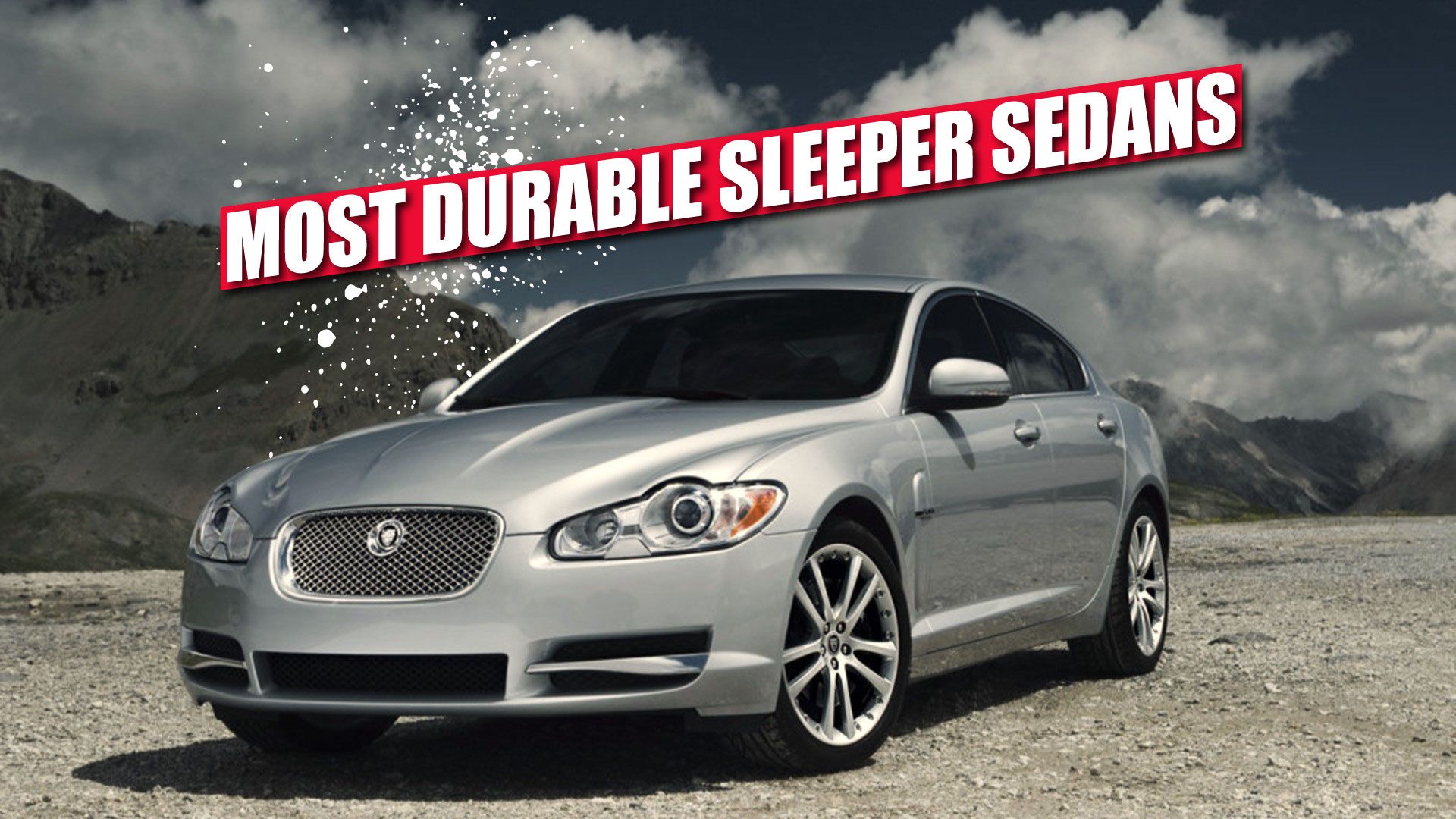
There’s a profound satisfaction that comes from breathing new life into a beloved vintage model, whether it’s a meticulously crafted diecast car or a full-sized off-road legend that has conquered countless trails. For many enthusiasts, the journey of restoration is as rewarding as the gleaming result itself. It’s about more than just fixing a broken part; it’s about connecting with history, understanding engineering, and mastering the practical skills that empower you to salvage and transform these cherished relics from yesteryear.
Our exploration begins with the foundational art of diecast repair, a microcosm of the larger restoration world. Knowing about the materials and common damages is key, helping to fix everything from chipped paint to broken components. You’ll need specific tools and materials: model paints, fine-tipped brushes, superglue or epoxy resin, sandpaper in varying grits, and sometimes, spare parts. Safety is paramount during these delicate operations, requiring protective gloves, a well-ventilated area, and strict adherence to product labels. With patience and the right approach, you can restore these miniature marvels, making your worn collectibles look like new again.
But our focus extends beyond the miniature to the thrilling world of full-scale vintage vehicles, particularly the iconic off-road machines. These aren’t just modes of transport; they are testaments to rugged design, mechanical resilience, and often, a straightforward engineering philosophy that made them not only unstoppable in the wild but also surprisingly amenable to roadside or backyard repairs. This article will guide you through some of the most enduring examples, exploring their legacy, their design, and what makes them a restorer’s delight, empowering you to keep these legends rolling for years to come.

1. **Toyota Land Cruiser: The Unyielding Global Conqueror**The Toyota Land Cruiser has been a steadfast presence in the wilds of the world since the early 1950s, building a formidable reputation along the way. It’s widely recognized as one of the most reliable forms of travel, especially in regions where infrastructure struggles to keep pace with the need for robust transportation. This incredible longevity and dependability weren’t accidental; they were designed into the vehicle from its very inception.
Each generation of the Land Cruiser has been celebrated for its incredible off-road acumen, consistently proving its capability to tackle the most daunting terrains. However, its true genius for the restorer lies in its simple, straightforward design. This approach to engineering meant that repairs in the field were not only possible but often quite manageable, even with limited tools and resources. The ability to easily maintain and mend these vehicles has been a cornerstone of their success.
What truly sets the Land Cruiser apart for the hands-on enthusiast is the global availability of its parts. You can source components for a Land Cruiser nearly anywhere on the planet, a testament to its widespread use and enduring design. While later American-market models have seen a gradual shift towards more luxury-oriented designs, moving away from the vehicle’s hardcore roots, the Land Cruiser name continues to resonate deeply as an off-road all-star and a prime candidate for a rewarding restoration project.

2. **Land Rover Series I, II, III: The Quintessential British Workhorse**Following close on the heels of the Land Cruiser, the Land Rover Series sport utility vehicles—encompassing the I, II, and III designations—emerged at the end of the 1940s, blazing a very similar trail. These vehicles quickly became synonymous with exploration and utility, initially serving as robust transport for diverse purposes, from navigating vast English estates to exploring challenging territories across the globe. Their distinctive utilitarian aesthetic and go-anywhere capability quickly cemented their place in automotive history.
These iconic trucks, often simply referred to as ‘Land Rovers,’ underwent a continuous program of mechanical improvement throughout their production run. Crucially, this evolution never compromised their fundamental design principle: the need to keep the basics repairable, even under the most extreme conditions. Imagine needing to fix your vehicle in the middle of a desert sandstorm – the Series Land Rovers were built with precisely this kind of practical, field-serviceable robustness in mind.
Even though the Series models ceased production in 1985, their legacy is far from over. They remain a vital part of off-road culture in dozens of countries, captivating a strong enthusiast base that continues to maintain, restore, and cherish these vehicles. Their enduring design and the relative simplicity of their mechanics make them a truly rewarding challenge for any restorer looking to connect with a piece of authentic off-road heritage.

3. **Willys Jeep CJ: The Civilian Off-Road Pioneer**The original Jeep CJ, famously known as the “civilian Jeep,” boasts an unparalleled lineage, directly derived from the rugged military models predominantly built by Willys and extensively utilized by Allied forces during World War II. It’s no exaggeration to state that the conflict’s outcome would have been significantly more challenging without the invaluable contribution of these resilient Willys vehicles, proving their mettle under the most extreme pressures.
Willys recognized the vehicle’s unparalleled success and wisely carried over its winning formula to the consumer market, introducing the civilian model in the mid-1940s. This transition brought the spirit of wartime utility and reliability to the everyday adventurer, setting a new benchmark for accessible off-road capability. The CJ quickly established itself as a cultural icon, symbolizing freedom and rugged individualism.
This body-on-frame, open-air 4×4 effectively set the template for almost every American off-road rival that followed, defining what a practical, no-nonsense utility vehicle should be. Its primitive charm was so potent and its design so fundamentally sound that it remarkably remained on sale for an astonishing four decades, produced by four consecutive corporate masters. The CJ’s enduring appeal and straightforward mechanics make it a perennial favorite for enthusiasts eager to restore a true piece of American automotive history.
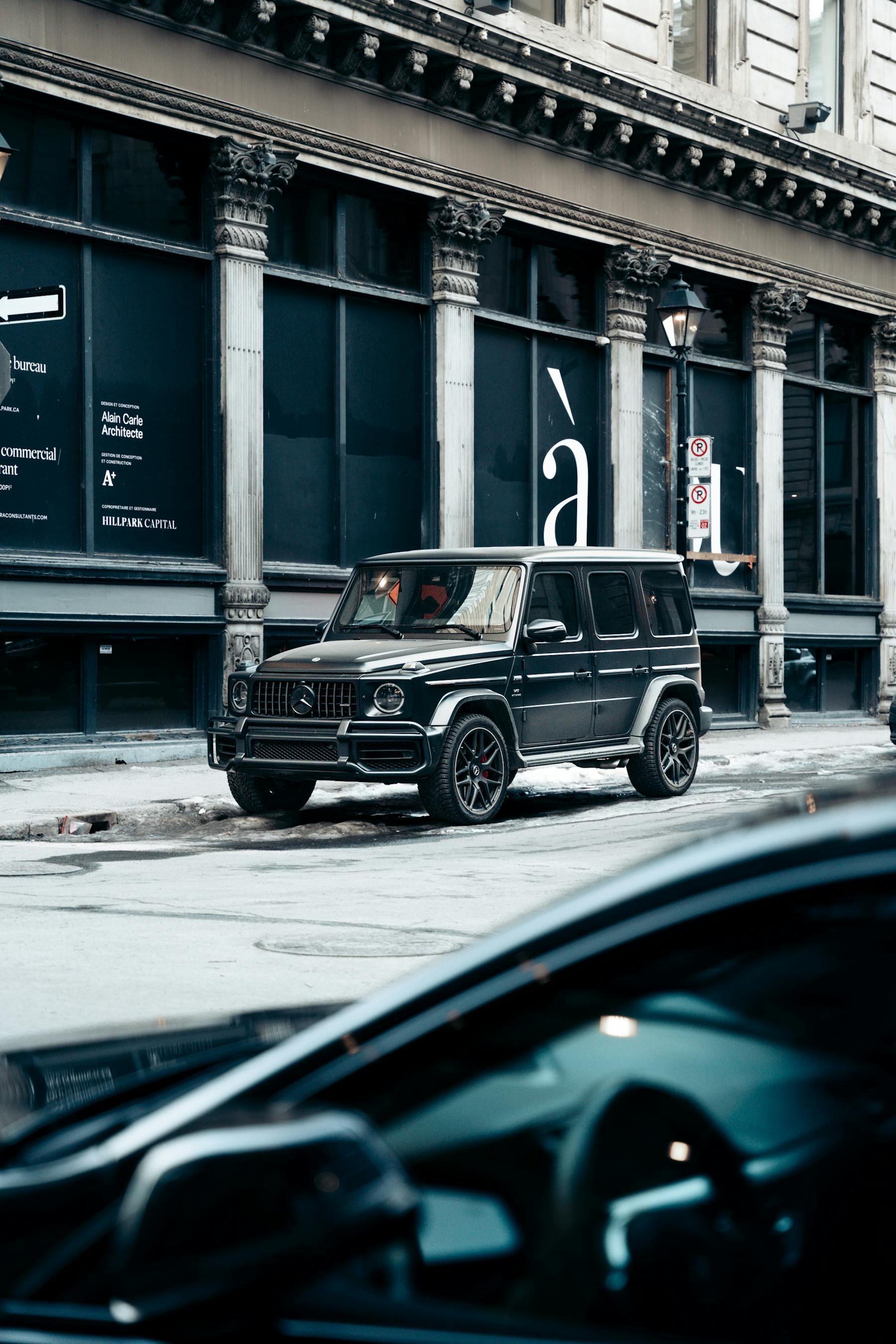
4. **Mercedes-Benz G-Wagen: The Enduring Brick of Capability**Initially conceived with the singular purpose of military transport, the Mercedes-Benz G-Wagen, a vehicle now synonymous with rugged luxury, made its transition into civilian service in 1979. From its very first iteration, its design was unmistakable: shaped like a brick, and constructed with an unwavering commitment to rugged, unstoppable forward progress. This uncompromising philosophy ensured its legendary capability in even the most challenging environments.
Also known as the G-Class or Geländewagen, these vehicles offered a versatile range of body styles, including hard-top, soft-top, two-door, and four-door configurations. Beneath its iconic angular exterior, a stout series of turbodiesel and gas engines delivered power to an advanced system featuring three locking differentials, a hallmark of its unparalleled off-road prowess. The G-Wagen truly exemplified engineering dedicated to conquering any terrain.
What truly makes the G-Wagen a fascinating subject for restoration and appreciation is its notorious unchanging character. It stubbornly resisted modernization for much of its life, undergoing only a handful of redesigns in its nearly 50 years of service. While recent years have seen a decidedly upscale transformation and even the addition of an all-electric model, the G-Class has admirably managed to retain much of its foundational capability and unmistakable cachet, making early models timeless restoration targets.
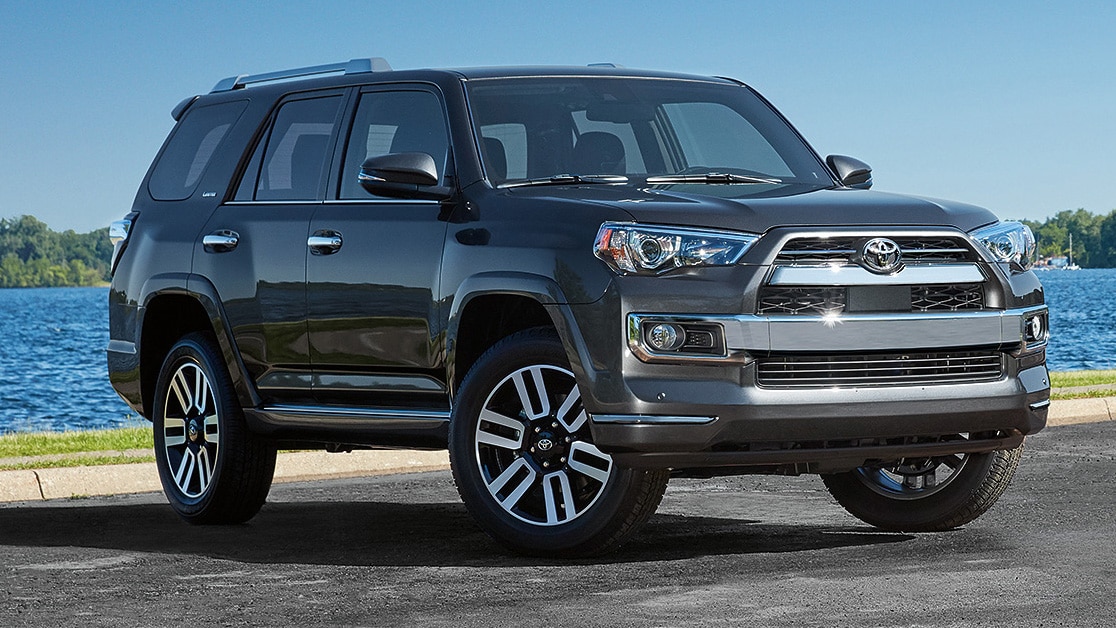
5. **Toyota Hilux: The Indestructible Workhorse Legend**Long before the Toyota Tacoma became a household name in America, Toyota was already doing a brisk business selling the Hilux, a pickup truck that quickly earned a reputation for being virtually impossible to kill. No matter how much abuse was heaped on it by drivers with only a passing familiarity with concepts like maintenance intervals, the Hilux simply kept going. This inherent toughness cemented its legend across the globe.
The Hilux, which was sold in the United States as the ‘Truck’ or ‘Pickup’ until the Tacoma replaced it in 1995, has consistently enjoyed a formidable reputation for being unstoppable on the trail. Even in stock form, its robust chassis and reliable drivetrain proved capable of handling incredibly challenging off-road conditions. Its straightforward design and mechanical resilience made it a favorite among those who needed a vehicle they could depend on, come what may.
Such is its legendary durability that you’d be hard-pressed to find a classic Hilux off-roader today that hasn’t been customized by its proud owner. This speaks volumes about its enduring appeal and the deep connection owners feel to these trucks, often modifying them to further enhance their already impressive capabilities. The model continues today as the Tacoma’s global sibling outside the United States, carrying forward a legacy of unfailing performance and enduring value for restorers.

6. **Jeep Cherokee XJ: The Unibody Revelation with a Bulletproof Heart**American Motors Corporation (AMC) was in dire need of a success story in the early 1980s, and they gambled big with the introduction of the Jeep Cherokee XJ. This compact sport utility vehicle was revolutionary for its time, daring to turn its back on the traditional body-on-frame construction in favor of a more modern unibody design. This choice brought significant advantages, making the vehicle lighter and far more comfortable for daily driving, a crucial step in broadening its appeal beyond hardcore off-roaders.
Despite its innovative unibody construction, the XJ meticulously maintained solid axles at both the front and rear. This engineering decision was critical, providing it with excellent suspension articulation off-road, a feature that ensured it remained highly capable when tackling rugged terrain. It brilliantly blended everyday usability with genuine off-road prowess, carving out a unique niche in the market.
Adding to its formidable reputation was its torquey straight-six engine, which was virtually bulletproof in terms of reliability. This robust powertrain, combined with its compact yet capable design, made the Cherokee XJ an instant hit and a lasting icon. It stayed in production until the early 2000s and is still a favorite among 4×4 fans today, looking to build a cheap, solid, and fun off-road rig that offers remarkable value and a rewarding restoration experience.
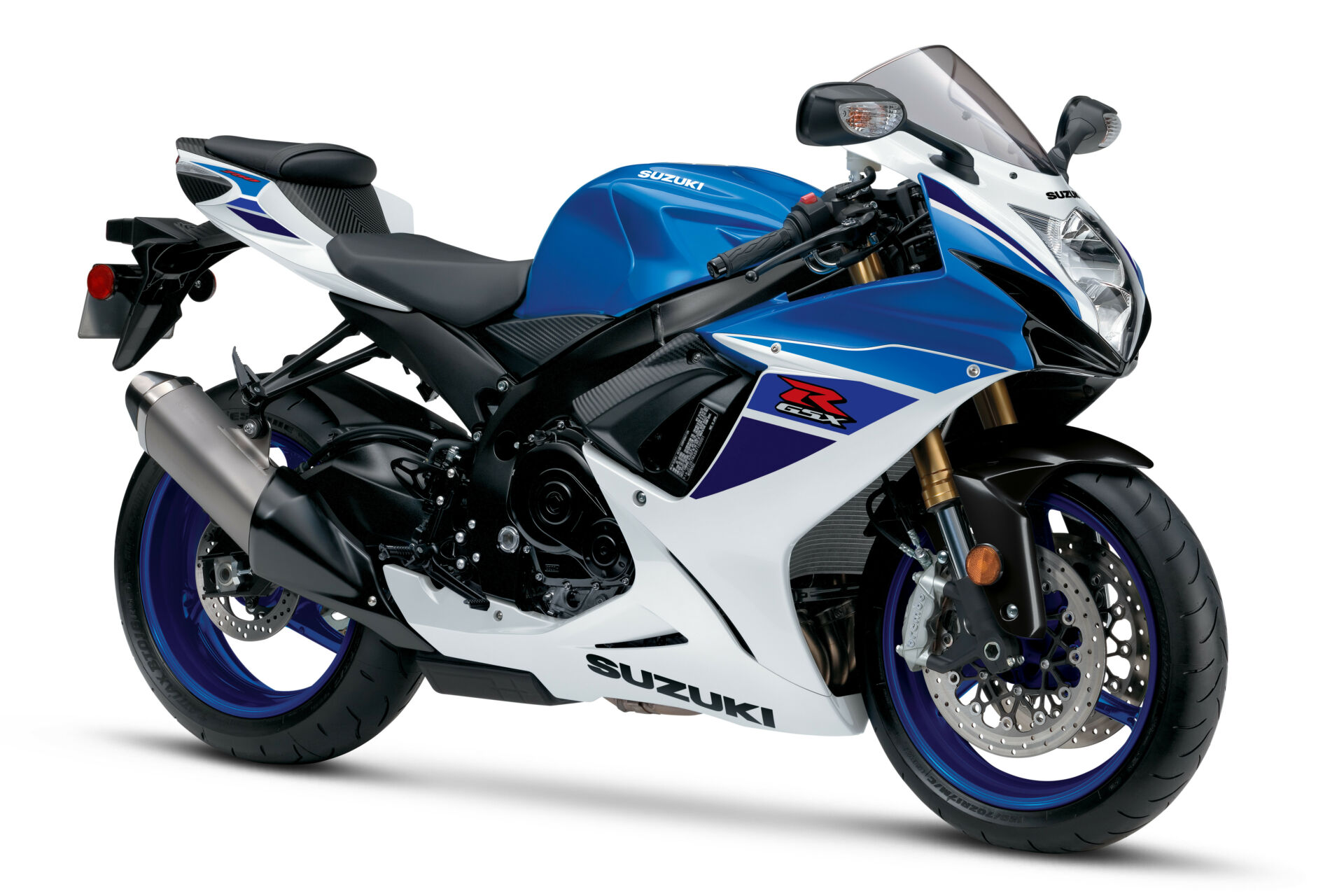
7. **Suzuki Samurai/Jimny: The Mighty Mini Trail Blazer**When the Suzuki Samurai burst onto American shores for the 1986 model year, there was truly nothing else quite like it. This vehicle was tiny yet incredibly tough, a ‘cute ute’ that stood in direct opposition to the big, beefy SUVs that dominated the off-road landscape at the time. It challenged the prevailing notion that size equated to capability, proving that a well-balanced, nimble platform could be just as effective—and in some specialized cases, even more so—at parsing difficult trails and tight spaces.
The Samurai’s modest dimensions and lightweight construction contributed to its agility, allowing it to navigate obstacles that larger vehicles struggled with. Its simplicity of design not only made it an accessible entry point into serious off-roading but also contributed to its reputation for being relatively straightforward to maintain and repair, a significant advantage for budget-conscious enthusiasts and DIY mechanics alike.
Although the Samurai departed the United States market in the mid-1990s, its spirit lives on, continuing to be sold elsewhere in the world as the Suzuki Jimny. Its immense and enduring popularity continues to prove just how effective the small-but-mighty formula truly is. For restorers, the Samurai/Jimny offers a unique and charming project, a testament to clever engineering and the universal appeal of a vehicle that punches well above its weight.
Our journey through the pantheon of classic off-road champions continues, revealing more influential vehicles that have left an indelible mark on 4×4 culture. These machines, while diverse in origin and design, share a common thread: a blend of robust engineering and a surprising amenability to hands-on maintenance, making them ideal candidates for the dedicated restorer. We’ll examine their distinct contributions, focusing on what makes them not just historical artifacts, but living legends capable of tackling tough trails for generations to come.
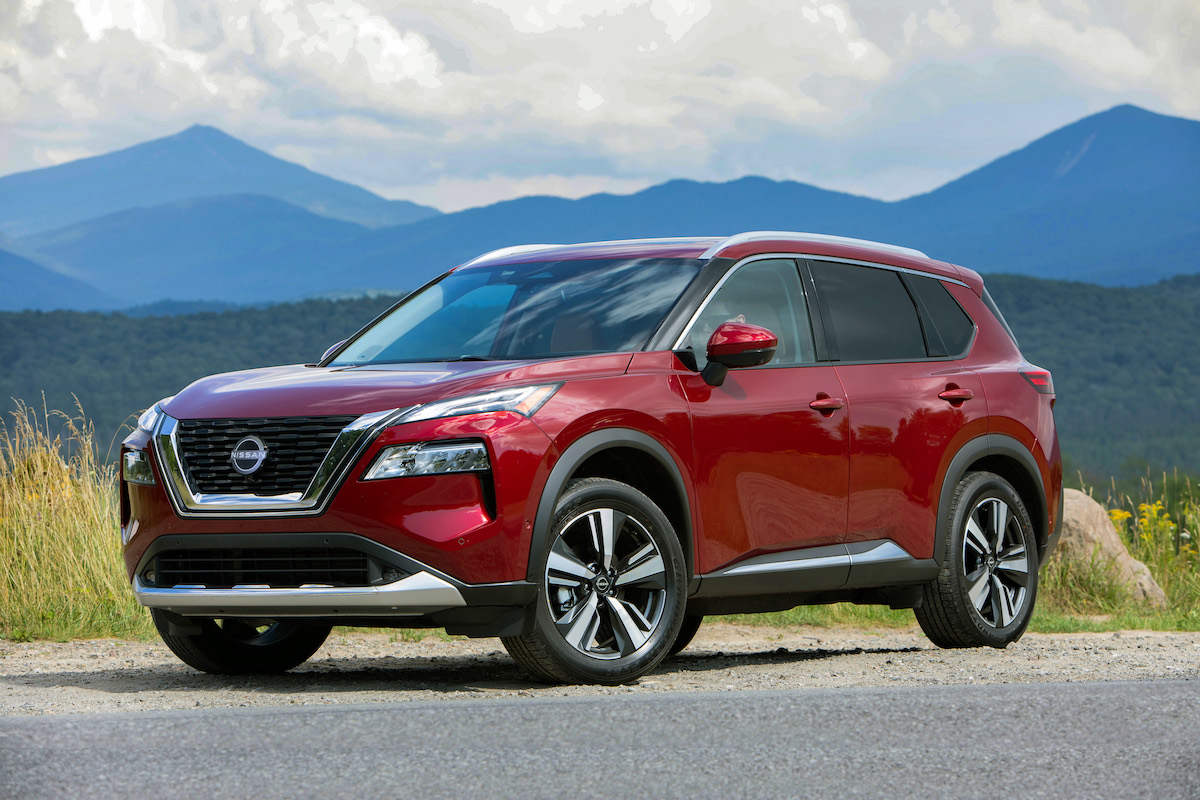
8. **Nissan Patrol: The Under-the-Radar Global Trailblazer**While Toyota’s Land Cruiser often hogs the spotlight, Nissan quietly cultivated its own supremely capable 4×4 SUV: the Patrol. For those in North America, its profile remained low for years as it was never officially sold there. However, venture into the vast landscapes of northern Africa, the Middle East, or Australia, and you’ll encounter a staggering number of Patrols of all vintages, resolutely trekking through the toughest conditions imaginable, a testament to their enduring design and mechanical fortitude.
The Patrol, now in its seventh generation, is a vehicle built for serious work and exploration. Its robust construction and dependable drivetrain have cemented its status as a go-to for demanding environments. For the restorer, this means access to a vehicle designed for longevity and a strong global aftermarket, though sourcing specific components in regions where it wasn’t officially distributed might require a bit more legwork or international connections.
Even as more recent iterations have crossed over to American audiences in the form of the Nissan Armada, evolving into a softer, family-friendly SUV, the foundational strength of the Patrol remains. Early models, with their straightforward mechanics and formidable capabilities, present a rewarding restoration project for those looking to revive a true, unsung global off-road hero.

9. **Mitsubishi Pajero: The Dakar Rally Dominator**When you talk about off-road racing pedigree, few names resonate as strongly as the Mitsubishi Pajero. This vehicle, which made its debut in 1981, didn’t just participate in the world’s most prestigious off-road race, the Paris to Dakar Rally; it absolutely dominated it. Since 1985, the Pajero has clinched an astonishing full dozen victories, a record that speaks volumes about its engineering and resilience under extreme pressure.
The high-performance Pajero Evolution, with its distinctive boxed fender flares and powerful turbocharged engine options, became the vehicle to beat in desert racing for over a decade. While Americans knew certain generations of the Pajero as the Montero, the Dakar-dominating Evolution model, unfortunately, never made it to U.S. showrooms. However, this only adds to the allure of finding and restoring a standard Pajero, knowing its inherent capabilities were honed on the world’s harshest proving grounds.
For the enthusiast looking to restore a piece of off-road racing history, the Pajero offers a compelling narrative of innovation and raw performance. Its consistent success highlights a design philosophy centered on durability and capability, making early models a satisfying project for those who appreciate a vehicle that was truly built to conquer.

10. **Jeep Wrangler: The Evolved Icon of American Off-Roading**The Jeep Wrangler represents a natural evolution from its legendary predecessor, the CJ, adapting to modern safety and comfort expectations without sacrificing its core off-road identity. While visual similarities between the two are undeniable, the Wrangler introduced significant leaps in platform construction, off-road capabilities, and drivetrain technologies, building upon the foundational strength of its ancestor. It truly embodies the spirit of American off-road adventure.
The Wrangler’s ability to maintain its rugged character while integrating more refined systems makes it a fascinating restoration target. Its four-wheel-drive technologies and robust drivetrains are designed for serious trail work, yet offer a more contemporary driving experience. This balance ensures that older Wranglers remain highly desirable for those seeking a capable, yet modernizable, classic.
Today, the Jeep Wrangler family is expansive, including two-door, four-door, and even pickup truck body styles like the Gladiator, alongside plug-in hybrid options. This continuous evolution and widespread appeal mean that parts availability and community support for restoration are excellent, making a vintage Wrangler a practical and deeply satisfying project for any aspiring off-road mechanic.
Read more about: Beyond the Showroom: Unpacking the Fierce Loyalty of Car Enthusiasts to Their Beloved Brands and Models

11. **Ford Bronco: A Multi-Generational Off-Road Saga**The Ford Bronco boasts a rich and varied history of off-road relevance, spanning three distinct periods since its initial launch in 1966. The first iteration emerged as a compact SUV, offering a blend of better road manners than its Jeep rival while retaining formidable off-road capabilities. This initial design set a high bar for versatile utility vehicles, appealing to a broad range of drivers.
Later, beginning in the late 1970s, the Bronco grew substantially, transitioning to Ford’s full-size pickup platform. This expansion brought increased passenger capacity and enhanced capabilities, all while maintaining its distinctive two-door approach to four-wheel-drive fun. These larger Broncos became icons of their era, embodying a robust, all-American spirit of adventure and power, making them prime candidates for restoration projects that truly stand out.
The modern Ford Bronco has further diversified, offering a remarkable range of options from daily drivers to high-performance, go-anywhere haulers, equipped with electronically controlled 4×4 systems and powerful twin-turbo engines. For restorers, the earlier generations offer a chance to connect with a vehicle that has adapted and thrived through changing times, showcasing a blend of evolving design and enduring capability.

12. **Lexus LX: The Stealth Luxury Off-Road Chariot**In the mid-1990s, Lexus, Toyota’s luxury division, ingeniously leveraged the proven architecture of the Toyota Land Cruiser to forge its own four-wheel-drive champion: the Lexus LX. The initial three generations of the LX diligently adhered to the same traditional values that made the Land Cruiser such a potent go-anywhere machine, but presented them wrapped in a more sophisticated package featuring spiffier sheetmetal and a higher quotient of interior amenities. This combination offered uncompromising capability with a touch of elegance.
For years, the Lexus LX remained somewhat under the radar, a discreet luxury SUV that shared its unyielding DNA with its more utilitarian sibling. This shared lineage is precisely what makes early LX models a stealth choice for restoration; they benefit from the Land Cruiser’s legendary robustness and the widespread availability of its underlying mechanical components, even as they exude a more refined exterior.
While contemporary Lexus LX models have embraced an undeniably upscale transformation, earlier versions provide a unique opportunity for restorers. You can revive a vehicle that offers both profound off-road capability and a touch of understated luxury, benefiting from a heritage of reliable engineering and readily available parts that belie its premium badge.
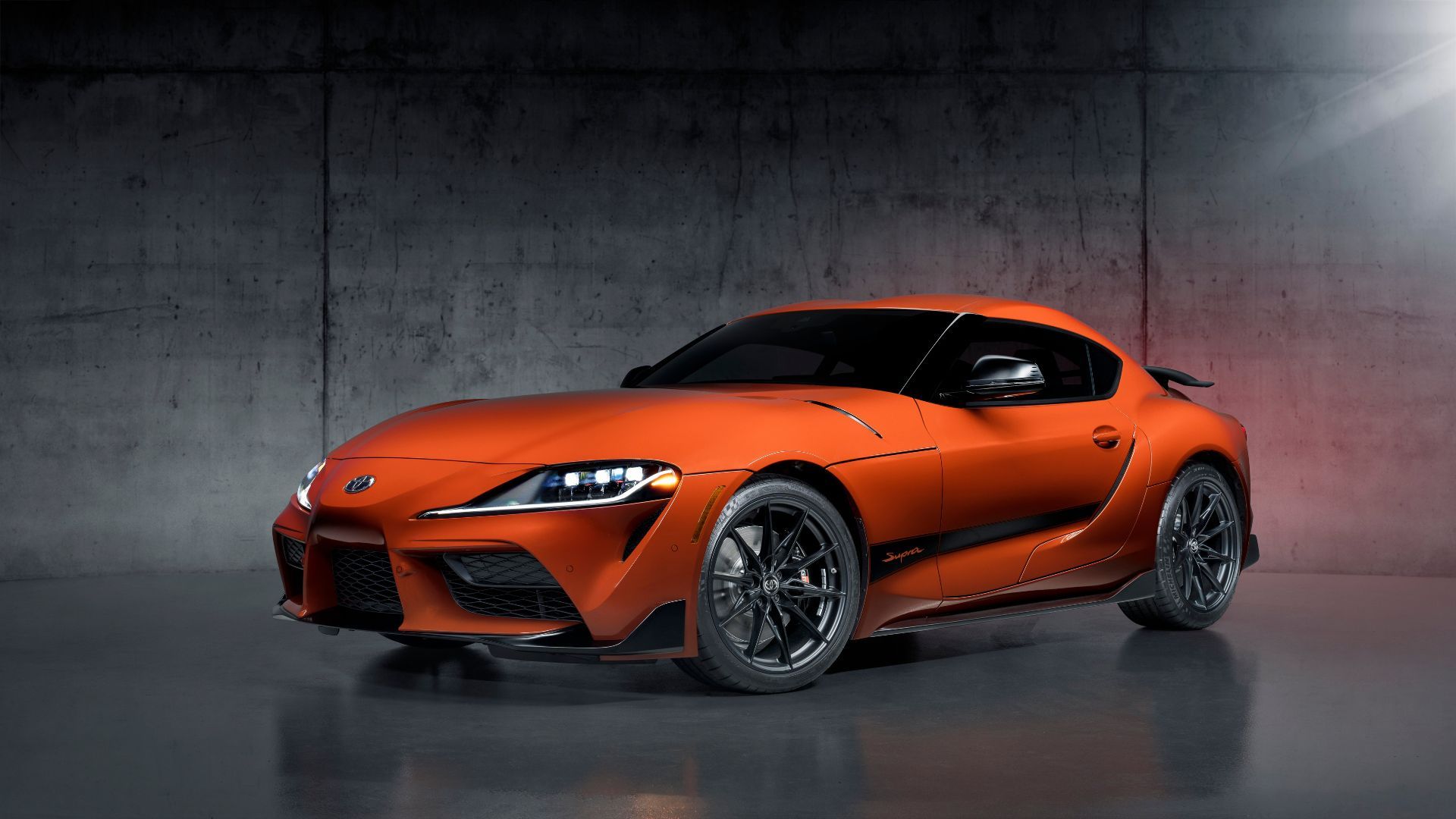
13. **Toyota 4Runner: The Persistent Trailblazer from Humble Beginnings**Automotive legends often spring from surprisingly simple origins, and the Toyota 4Runner is a perfect example. In the 1980s, Toyota took its rugged Hilux pickup, grafted a fiberglass cover over the back, and added a set of seats. Little did they know, this straightforward modification was laying the groundwork for a beloved off-road companion that continues to sell hundreds of thousands of units annually, generations later, cementing its place as a truly iconic SUV.
Like its sibling, the Tacoma, the Toyota 4Runner has garnered considerable attention from Toyota Racing Development (TRD), resulting in a lineage of highly capable off-road packages. This, combined with an incredibly loyal and obsessive fan base, has ensured the 4Runner’s enduring popularity and its continuous evolution onto ever-larger platforms, consistently gaining better all-terrain chops with each iteration.
For restorers, the 4Runner offers a chance to work on a vehicle with a proven track record of durability and an active community. Its straightforward design, robust construction, and strong aftermarket support make it an ideal project, allowing enthusiasts to breathe new life into a truck that was built to last and designed to conquer trails, no matter its vintage.

14. **Land Rover Defender: The Global Go-Anywhere Workhorse**Intended to seamlessly pick up the formidable legacy left by the Series III, the Land Rover Defender has undergone a remarkable evolution. From its origins as a boxy, utilitarian mid-’80s SUV, it has transformed into a boxy, yet increasingly upmarket contemporary SUV, a testament to its enduring appeal and adaptability. The original Defender maintained the Series’ unwavering commitment to task-focused simplicity, a philosophy that endeared it to users across the globe who valued function over frills.
More recent Defender models have embraced sophistication, incorporating high-tech suspensions, advanced engine designs, and electronic driver’s aids. These modern enhancements have made them even more capable than their revered ancestors, pushing the boundaries of off-road performance while retaining the iconic silhouette. This blend of classic ruggedness and cutting-edge technology makes both early and later models fascinating restoration subjects.
Versatile in its passenger capacity, with long-wheelbase, three-row models perfect for family adventures, and robust utility models beloved by rural fleets worldwide, the Defender has truly become a one-stop off-road shop. Restoring a vintage Defender means connecting with a global symbol of exploration and reliability, bringing a piece of true automotive heritage back to its former glory.
**Advanced Restoration Insights: Navigating the Labyrinth of Modern Classics**
As we conclude our deep dive into these remarkably repairable vintage off-road legends, it’s crucial to acknowledge that not all classics are created equal when it comes to hands-on restoration. Some, particularly those from the turn of the century, introduce layers of complexity that challenge even the most seasoned DIY enthusiast, shifting the repairability paradigm significantly. A prime example is the Land Rover L322-generation Range Rover, a vehicle that, despite its initial luxury and formidable off-road prowess, harbors well-documented mechanical Achilles’ heels that demand meticulous attention and a deep understanding.
The L322, especially models equipped with certain V8 engines, is notoriously prone to timing chain issues, a problem so pervasive that it can render an otherwise beautiful vehicle a ‘money pit.’ Both the early BMW-built 4.4-liter V8 (M62) and the later Jaguar-sourced 5.0-liter V8 units have gained infamy for their timing chain guide failures. These guides, critical components for maintaining proper chain tension and engine timing, are known to wear out, become brittle, or allow slack in the chain. The consequences range from a horrifying rattling sound to a catastrophic engine failure, often necessitating a complete engine replacement—a task far more daunting and costly than, say, fixing an air suspension airbag.
Understanding these specific vulnerabilities is paramount for anyone considering an L322. Replacing timing chain guides on these engines is an arduous process, often requiring specialized BMW tools and extensive labor, frequently exceeding the vehicle’s market value. This highlights a critical lesson for vintage vehicle restoration: while simplicity often equates to repairability, the allure of a ‘cheap’ luxury classic can hide deeply embedded, expensive design flaws. Therefore, while the joy of restoring a classic is immense, always approach with meticulous research and a clear-eyed assessment of potential long-term maintenance challenges. The true mark of a skilled restorer isn’t just bringing a vehicle back to life, but doing so with foresight, ensuring its newfound glory is built on a foundation of sustainable reliability, allowing these magnificent machines to thrive long into the future. From the simplest diecast to the most complex luxury off-roader, every restoration is a testament to dedication, skill, and an enduring passion for mechanical heritage. Embrace the challenge, and keep these timeless beauties rolling!



